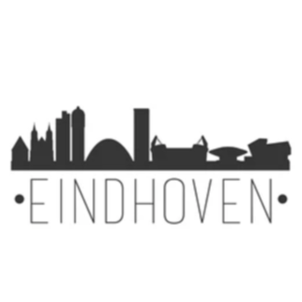
May 31st to June 2nd, the 15th ICAD was held in Eindhoven, the Netherlands.
The first day, traditionally reserved for the tutorials, started with a visit to the ‘ASML Experience’; the company that nobody knows but everybody needs. We had an insight how semiconductors were produced and the tremendous difficulties and investments that it requires.
The second day was hard work. The program was full and the level of the presenters was high. Thanks for keynote speakers Bert-Jan Woertman and Rob Brinker for such a good start of the official part of the conference. In the afternoon we had a keynotes from Nam Suh, the briljant mind behind Axiomatic Design, and Petra Foith-Foerster from Bosch who updated us on the novelties of automated (car) manufacturing.
Also thanks to the iconic Evoluon for the great environment and a perfect spot to take our group photo.
In the evening we had to harvest our own food at the 7th edition of ‘Asperges op de Velden’ where we also could see the automated selection and packaging systems for asperges before eating them. Michelin chef Herman Cooijmans pulled out all the stops for a culinary ecstasy.
The third and last day of the conference started with keynotes of Gert-Jan otto about TRIZ where he put us all at work to explore TRIZ and discover the power of the inventive design method. We had hardly recovered when Heinz Stoewer gave an exciting perspective about the past and the future of systems engineering, the stunning experience of a lifetime in 50 minutes.
A few attendants stayed till Saturday for the Clog decoration workshop.
They were long days with presentations and moments to socialize. We were a bit tired at the end, but what a great conference we had.






